This ancient city was besieged and destroyed in 125 BC, after a war with the Romans.
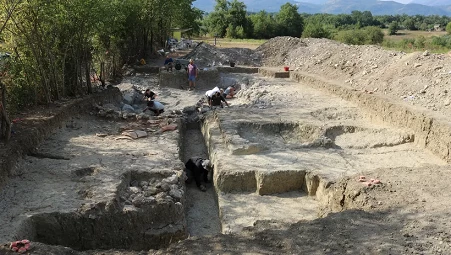 |
Archaeologists excavated a villa at Fregellae, built about 80 years before the city was destroyed by the Romans in 125 BC. (Source: Live Science) |
According to Italian archaeologists, there is an ancient city that was razed by the Romans more than 2,000 years ago, after the people there revolted. The town was so badly damaged that it was "uninhabited for more than 170 years" until it was used as a garbage dump.
The ruins of the ancient city of Fregellae, about 90 km southeast of Rome. The Roman army besieged and destroyed the city in 125 BC.
The reasons for the rebellion are still unclear, but archaeologists believe it was because the people of Fregellae were demanding full Roman citizenship, rather than being considered “second-class citizens.” Full Roman citizenship involved land ownership. The struggle was long and culminated in war between the city’s residents and the Romans.
“There are very few historical documents that survive about the Fregellae revolt, so archaeological research is the best way to determine what happened there,” said Dominik Maschek, professor of Roman archaeology at the Leibniz Center for Archaeology and the University of Trier, both in Germany. “The revolt is mentioned in only three ancient sources, which speak of the siege, giving a rough idea that the people there rebelled against the Romans.”
According to Professor Maschek, Italian archaeologists first excavated the site in the 1980s and discovered traces of wall paintings, floor mosaics, houses and public baths.
He and a team of German, Italian and Swiss researchers have been excavating a villa on the edge of the ancient city for the past three years. In 2023, they found the remains of a Roman military camp nearby, protected by a fortified wall and moat.
Among the artifacts found at the villa were large ceramic jars for storing agricultural products. Professor Maschek said ancient seeds unearthed at the site suggest the villa was a center for wine, fruit and grain production, possibly for export to other regions and abroad. Records of similar-sized Roman villas suggest that up to 50 people may have worked there, many of them slaves.
The city of Fregellae was a Roman colony, but many people of Samnite origin lived there. They were not Romans and were enemies of the Roman Republic.
Some historical records from the time describe Fregellae being besieged and destroyed by a Roman army commanded by Lucius Opimius, a praetor of the Roman Republic.
Source: https://baoquocte.vn/italy-phat-hien-thanh-pho-co-bi-pha-huy-sau-cuoc-noi-day-chong-quan-la-ma-288340.html


![[Photo] President Luong Cuong receives Speaker of the Korean National Assembly Woo Won Shik](/_next/image?url=https%3A%2F%2Fvphoto.vietnam.vn%2Fthumb%2F1200x675%2Fvietnam%2Fresource%2FIMAGE%2F2025%2F11%2F21%2F1763720046458_ndo_br_1-jpg.webp&w=3840&q=75)
![[Photo] General Secretary To Lam receives President of the Senate of the Czech Republic Milos Vystrcil](/_next/image?url=https%3A%2F%2Fvphoto.vietnam.vn%2Fthumb%2F1200x675%2Fvietnam%2Fresource%2FIMAGE%2F2025%2F11%2F21%2F1763723946294_ndo_br_1-8401-jpg.webp&w=3840&q=75)
![[Photo] Visit Hung Yen to admire the "wooden masterpiece" pagoda in the heart of the Northern Delta](/_next/image?url=https%3A%2F%2Fvphoto.vietnam.vn%2Fthumb%2F1200x675%2Fvietnam%2Fresource%2FIMAGE%2F2025%2F11%2F21%2F1763716446000_a1-bnd-8471-1769-jpg.webp&w=3840&q=75)


![[Photo] National Assembly Chairman Tran Thanh Man holds talks with President of the Senate of the Czech Republic Milos Vystrcil](/_next/image?url=https%3A%2F%2Fvphoto.vietnam.vn%2Fthumb%2F1200x675%2Fvietnam%2Fresource%2FIMAGE%2F2025%2F11%2F21%2F1763715853195_ndo_br_bnd-6440-jpg.webp&w=3840&q=75)
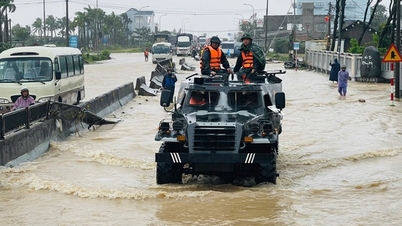



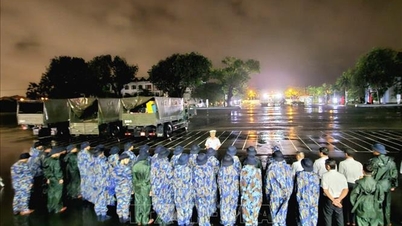

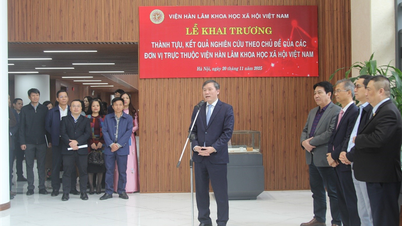











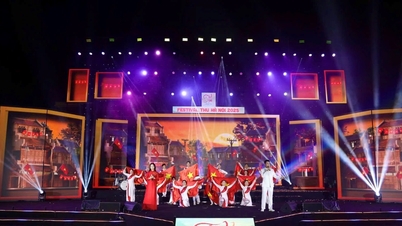

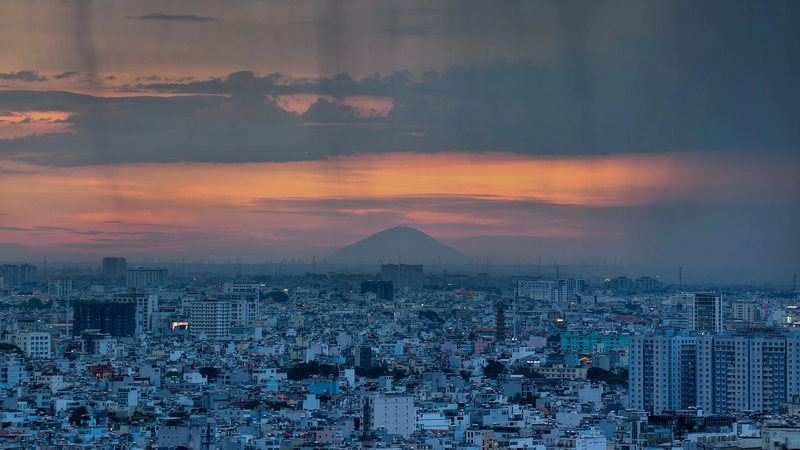
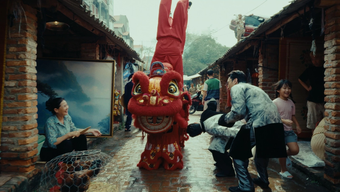

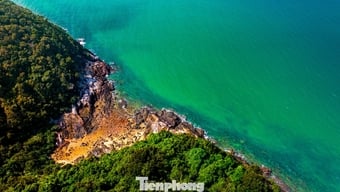


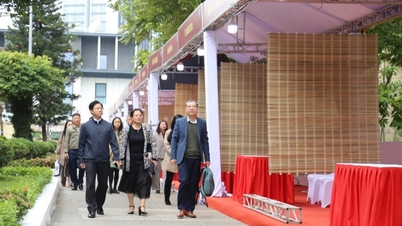



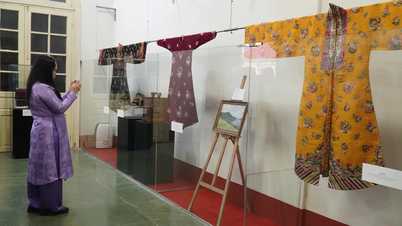

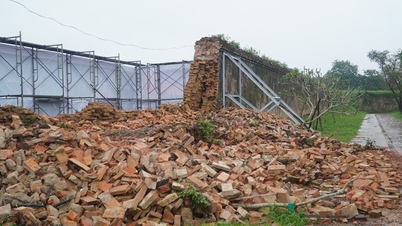

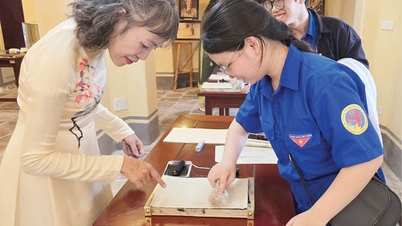




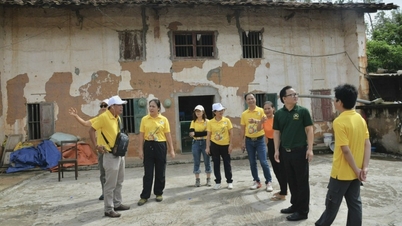




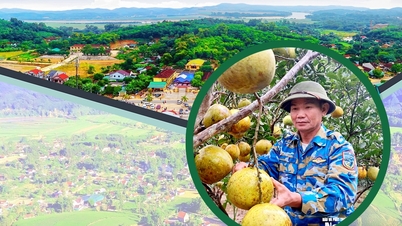

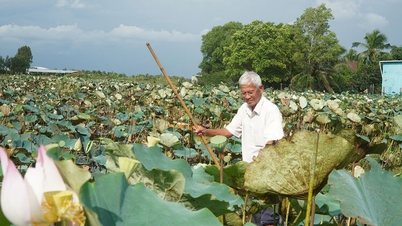





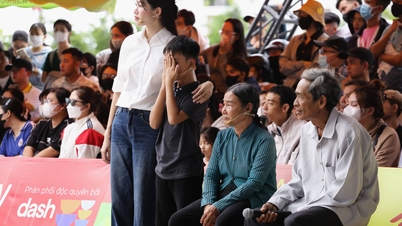


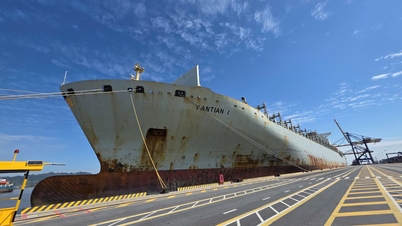




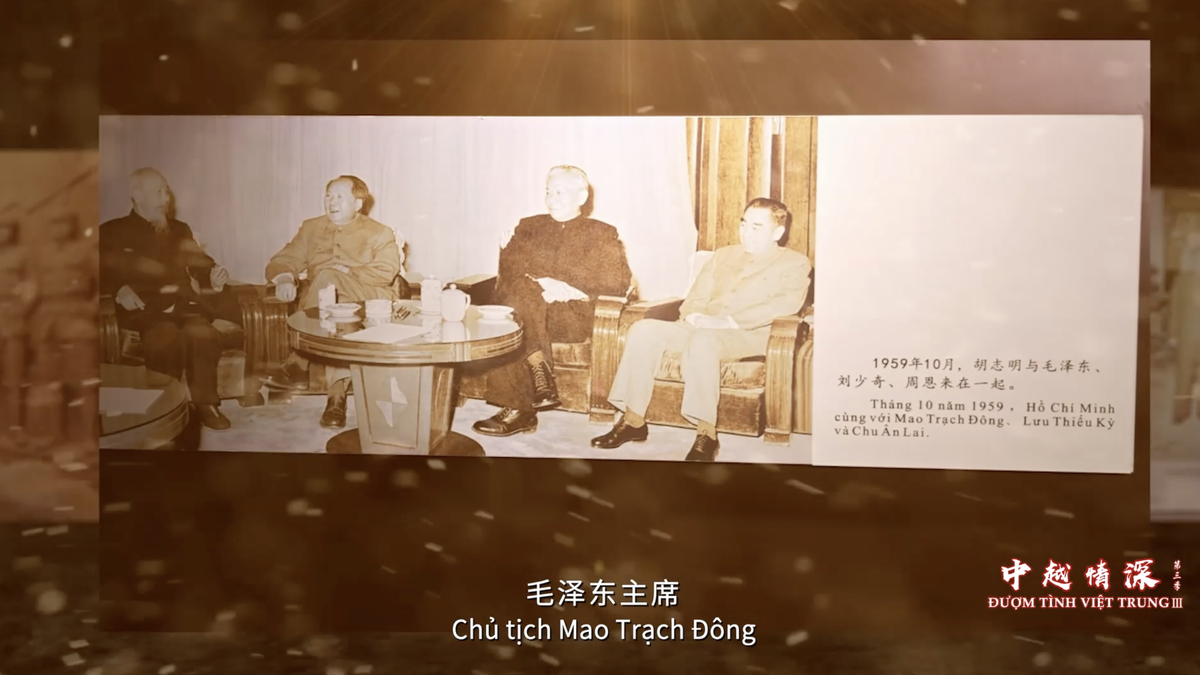

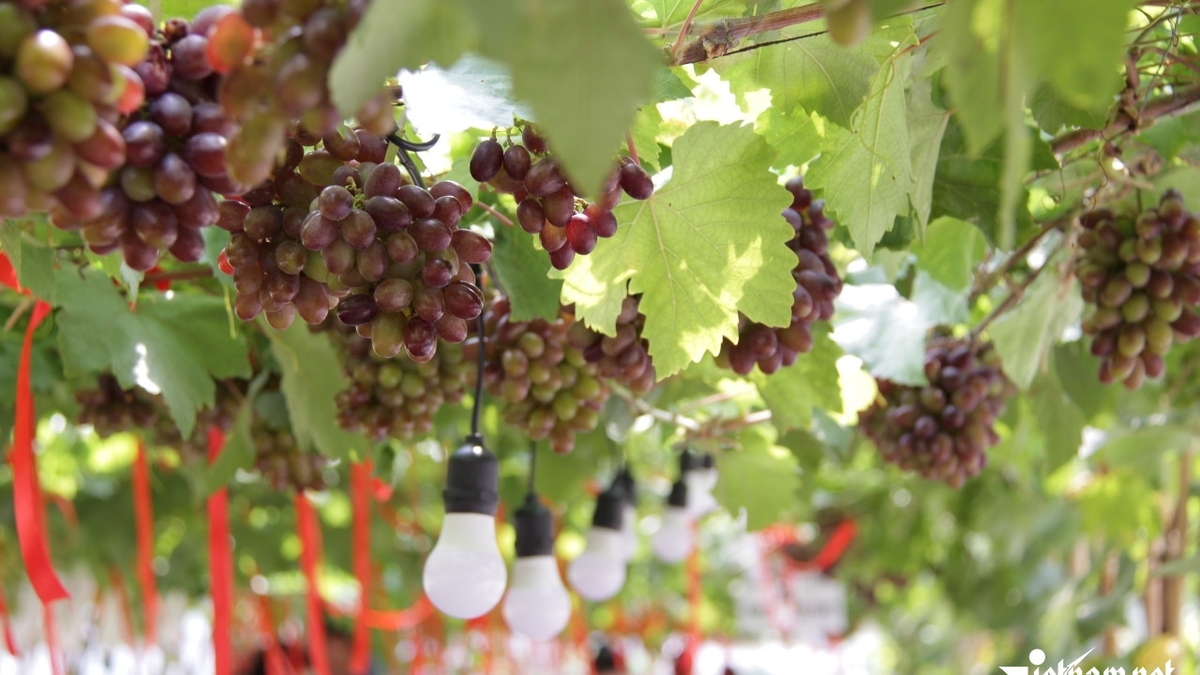
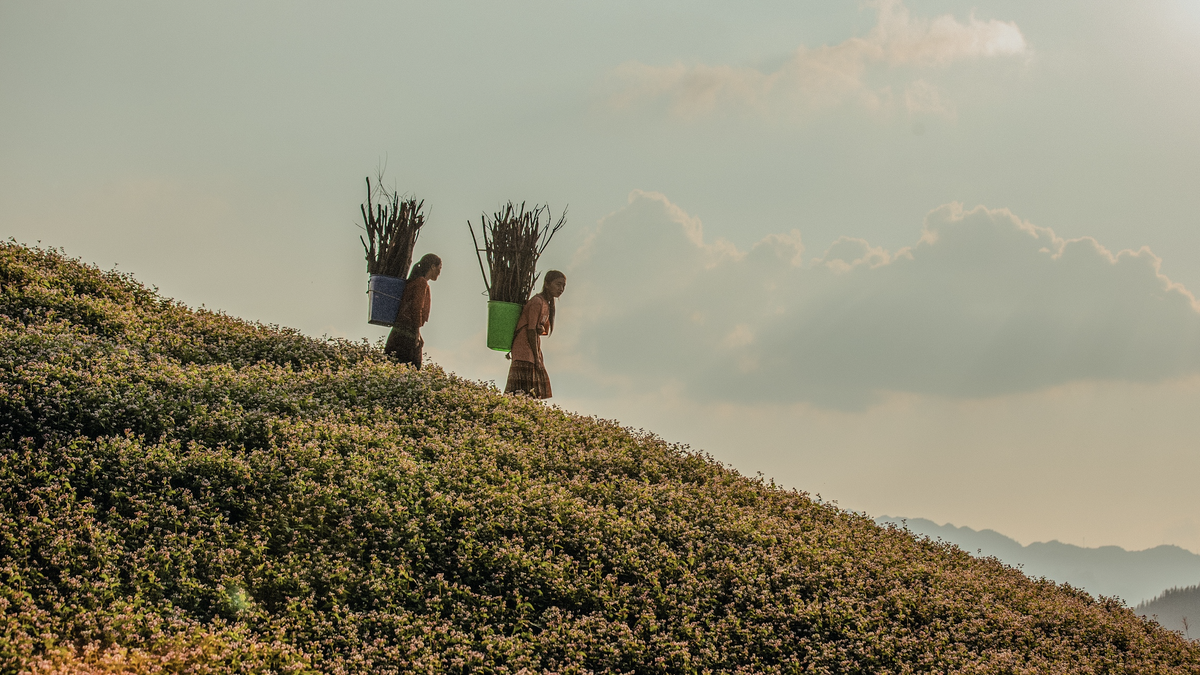

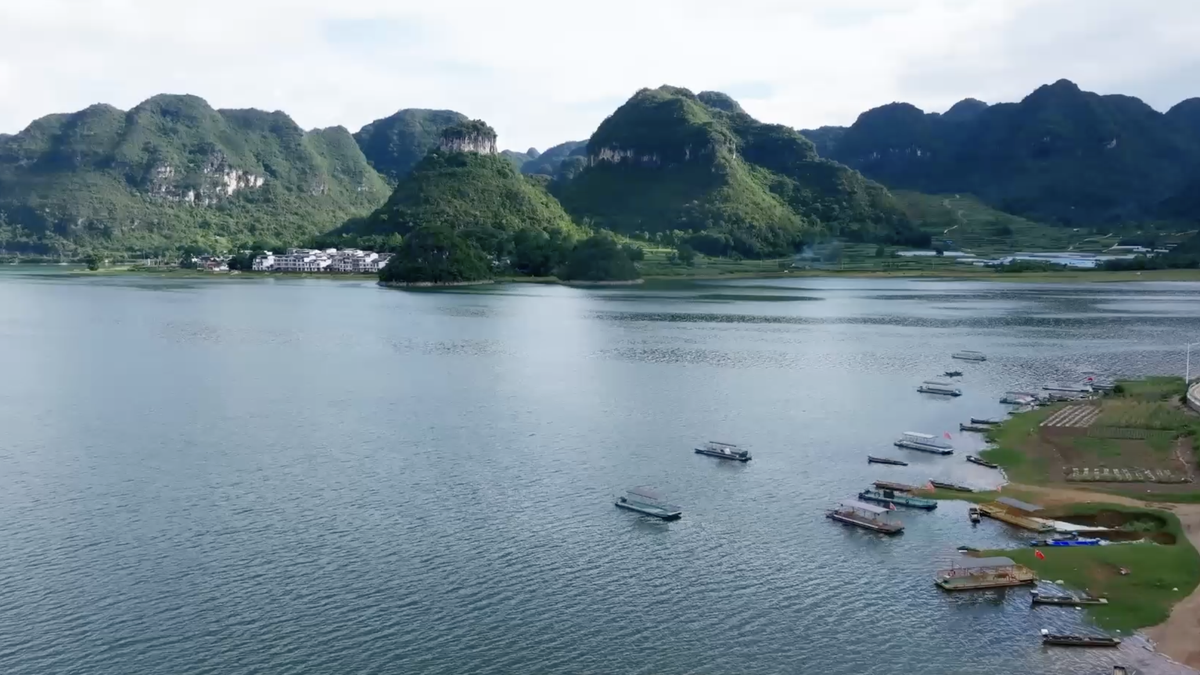




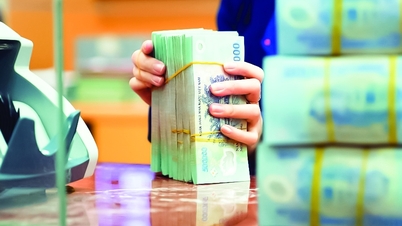




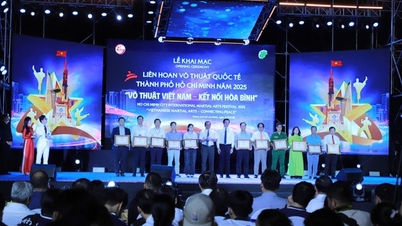

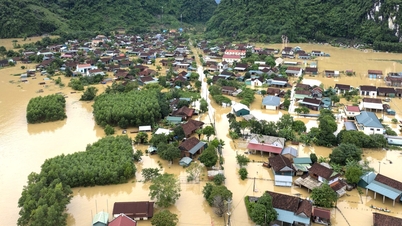



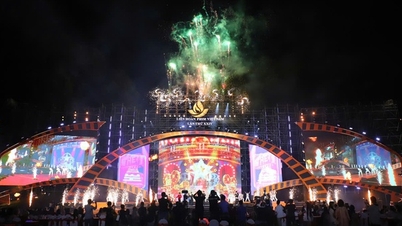









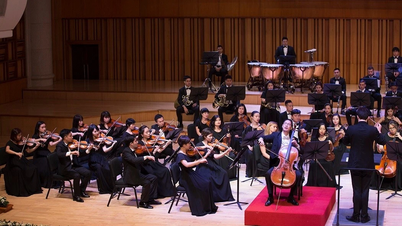

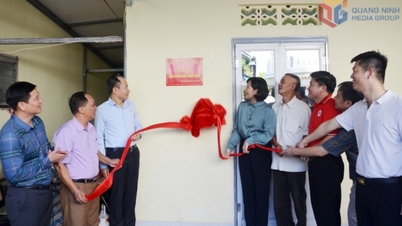




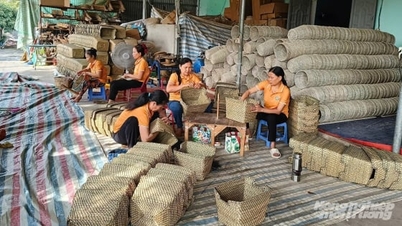

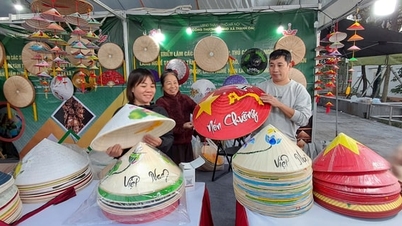

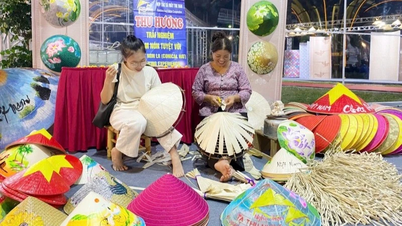



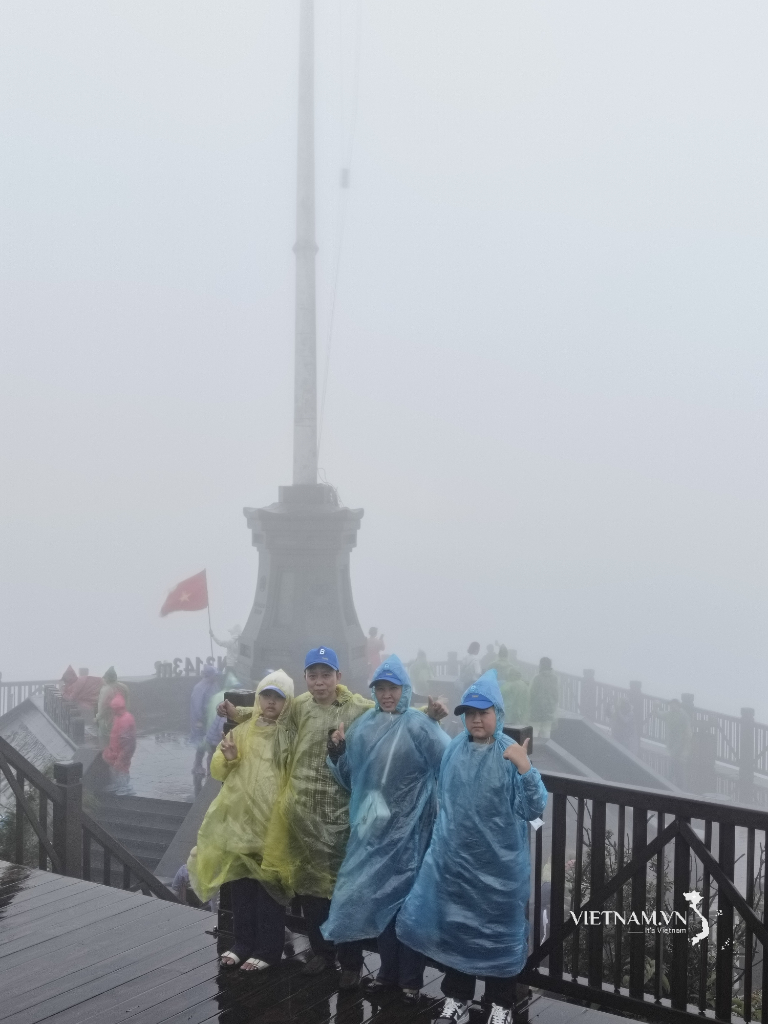
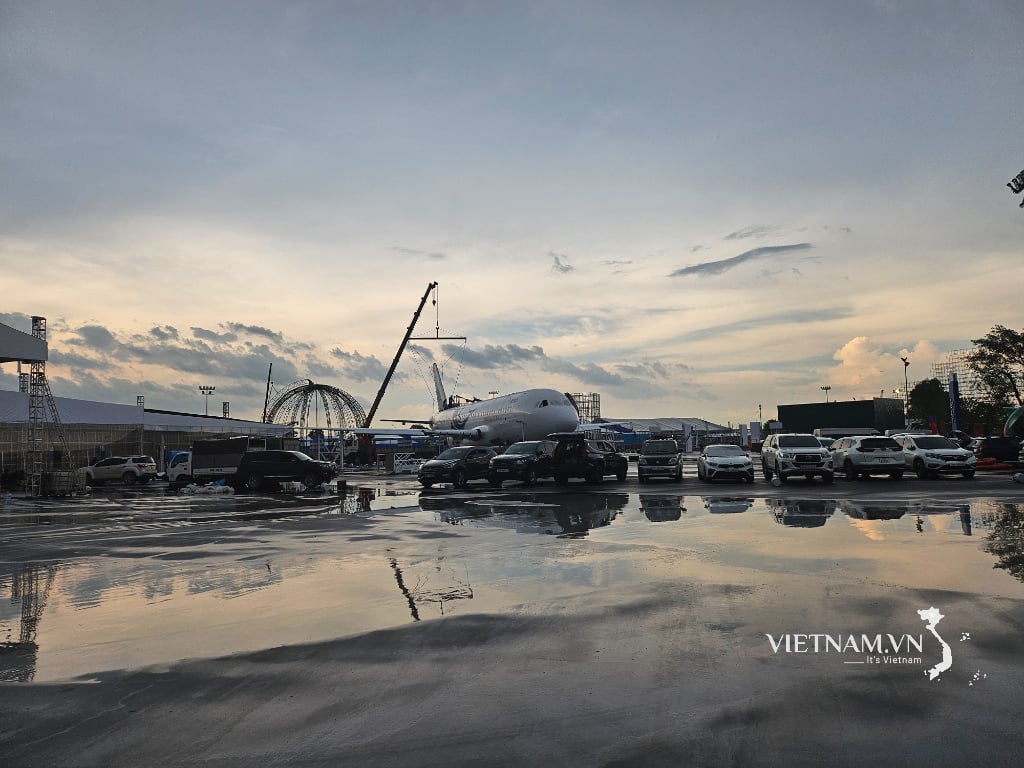
Comment (0)